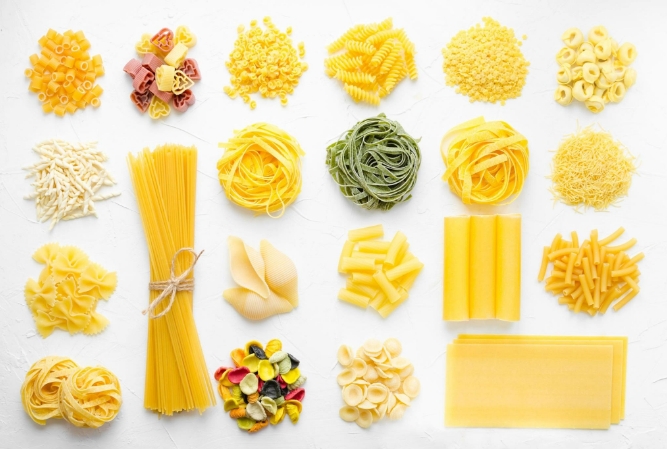Our Kansas City Historic Home Renovation Company Shares a Beloved Family Tradition
Architectural Craftsmen’s founder and owner Joe Thompson’s family homestead in north central Kansas is one of the many houses we’ve remodeled. Today, the home is owned by Joe’s sister and plays host to gatherings and events all year long. This only makes sense for a house so deeply ingrained in family tradition.
The home remodel project took into account how a historic home should work in more modern times without sacrificing character and integrity, and that’s the goal inherent in all our projects. As master craftsmen, we preserve the soul of your home, while giving you the modern functionality necessary for daily life – and for hosting very special family events.
Let’s take a look at one of the Thompson family’s traditions and teach you how to recreate it for your own clan.
Family Tradition Centers Around a Hand-Built Farmhouse Table
The Thompson home’s kitchen’s centerpiece is a long farmhouse table made by Joe’s now-adult nephew in his high school shop class about 20 years ago. (As you can see, craftsmanship runs in the family!)
Joe’s sister hosted “Home Place Camp” for the grandkids and extended cousins. The highlight of the day was about throwing all manners out the door and letting the kids have fun: tabletop spaghetti night.
First, a plastic tablecloth protected the farmhouse table. Then, a pot of drained spaghetti laid the foundation for the meal. No plates, no forks – everything on the table. Sauce topped the mountain of spaghetti, and the kids threw caution to the wind and dug in!
For clean-up, the crew would go outside and play in the sprinkler, and the tablecloth would get tossed. (You can use a reusable tablecloth and hose it off outside, too, of course.)
Recreating Tabletop Spaghetti Night in Your Own
To host tabletop spaghetti night, you’ll need:
- A plastic tablecloth
- Spaghetti noodles (or your family’s favorite pasta shape)
- Spaghetti sauce
- Meatballs (optional)
A single serving of pasta is two ounces. If you hold uncooked spaghetti noodles together in a bunch, two ounces will have the same diameter as a quarter. If your family has more voracious appetites, you may need to plan for more per person. A group of four will likely need only one box of pasta, whereas larger crowds may require boiling multiple packages.
You can choose your family’s favorite spaghetti sauce to top your pasta, or make it a buffet with multiple sauce types, including alfredo or vodka sauce, pouring them in separate sections of the pasta pile.
If you’d rather the kids not share the spaghetti and eat with their hands, then you can add plates and silverware to the table setting, letting the children dole out their own pasta and sauces and select their own meatballs from a big bowl. (After all, eating a delicious meal with your cousins and getting to play outside later will create beautiful memories, too!)
Start Your Own Family Tradition After Your Historic Home Renovation
If tabletop spaghetti night isn’t right for your family, you can start your own traditions in your newly-remodeled kitchen of your historic home.
These family traditions are not only memorable for the activities you do, but where you do them. Kids remember their family home, and – thinking back on the traditions you established and enjoyed – see the house as part of their childhood stories.
Ensure your kitchen is functional, beautiful, and reminiscent of its original design era by working with a home remodeling contractor who specializes in historic homes.
Historic Home Renovation Near You
If your home was built no later than the 1940s – or if you have a unique mid-century home – you’ll want to work with home remodelers near you who specialize in historic houses and have master craftsmen experience and credentials from NARI.
Historic home remodeling should bring even the oldest home into modern times, with all the conveniences and functionality you need and want, while still paying homage to its original architectural style and honoring the traditions of the past.
This means your kitchen cabinets can have organizational inserts, like pull-outs and lazy susans, and can utilize modern hardware for smooth opening and closing. Your appliances also should be able to keep up with your lifestyle, and your flooring should be durable and as easy to take care of as you need it to be.
You don’t need to compromise on architectural preservation and a modern remodel when you work with Architectural Craftsmen on remodeling your tudor, Spanish colonial, bungalow, or craftsman-style house. Tell us about your project on our website, and we’ll schedule a time to talk about your remodel expectations.


